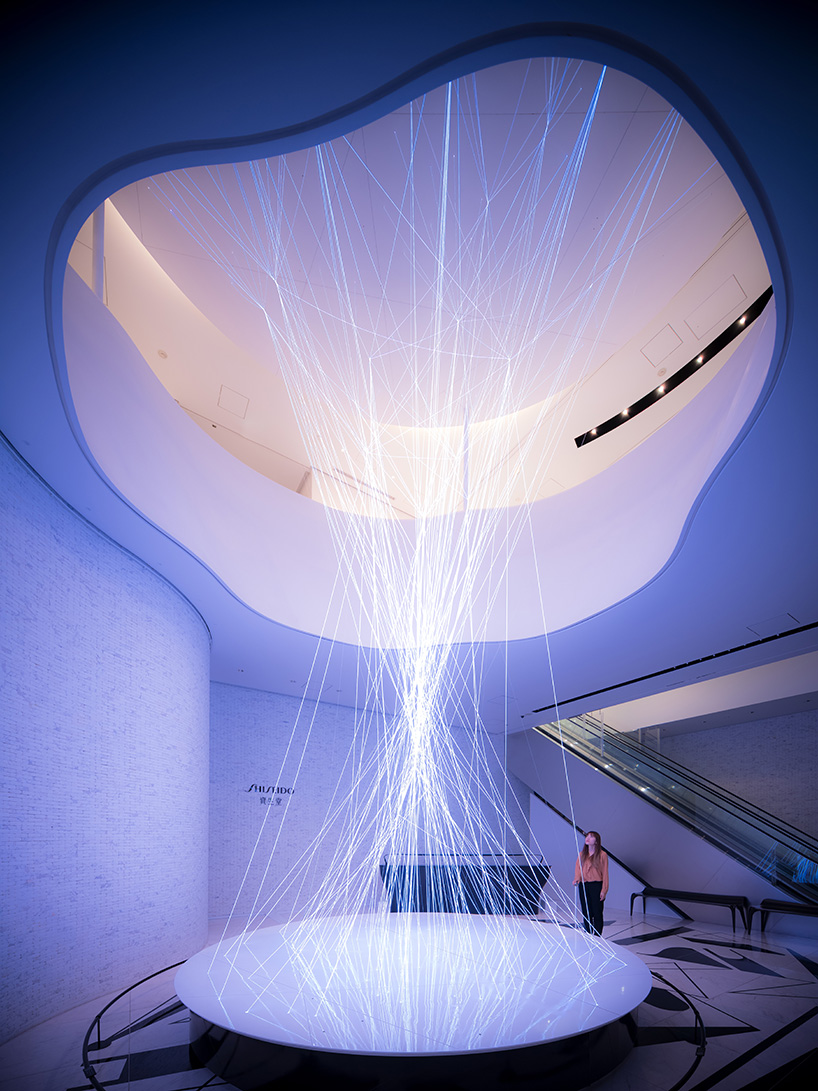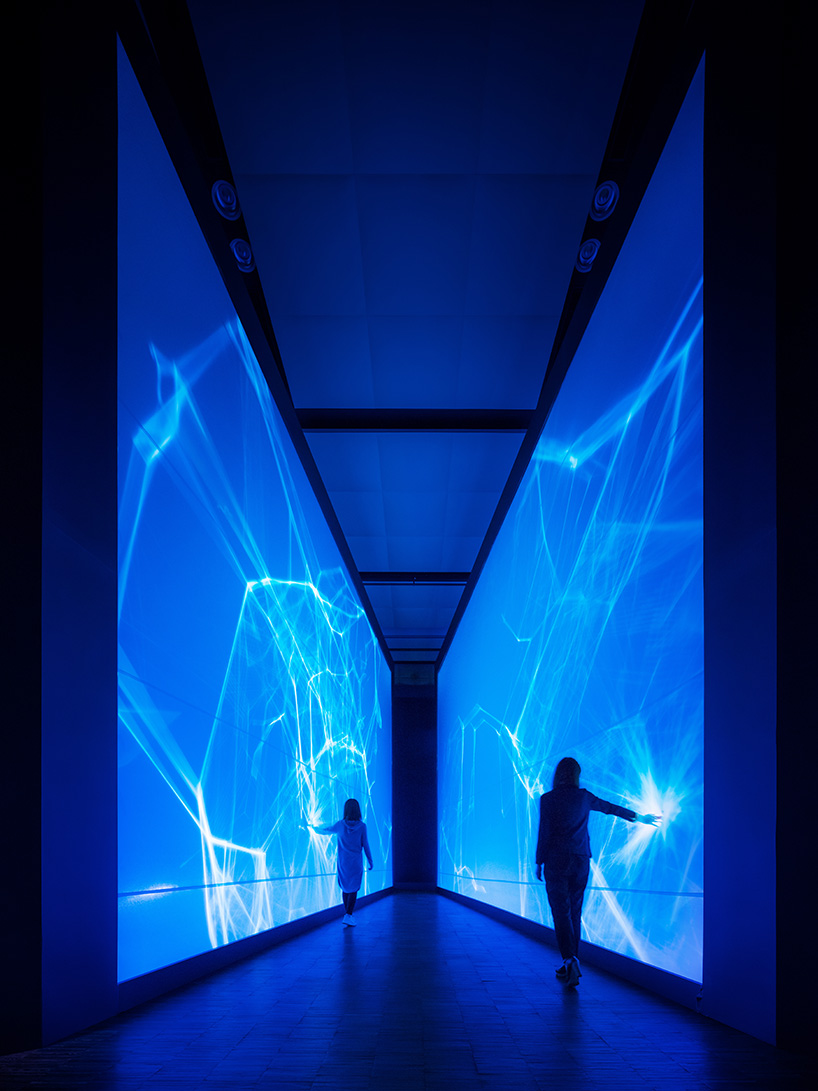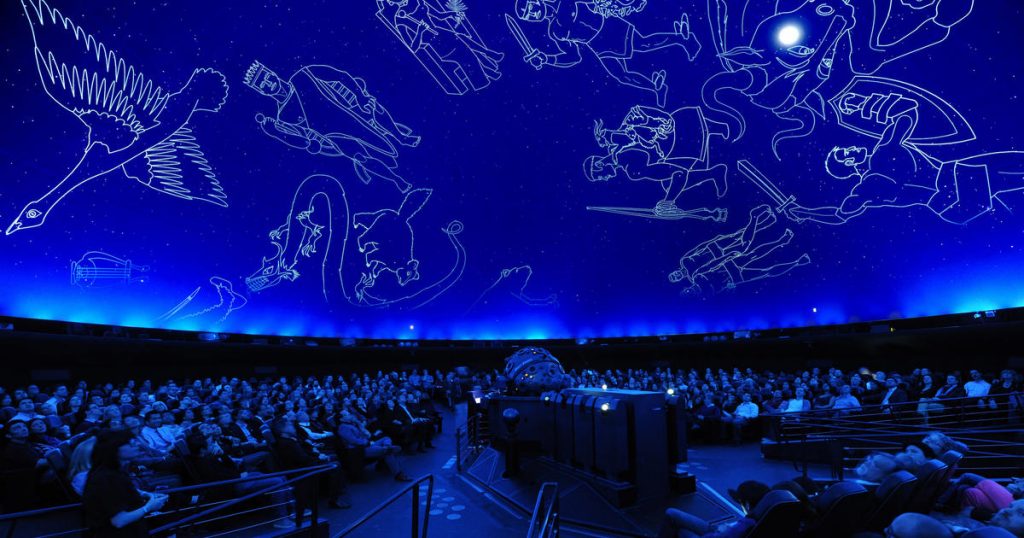In this project I learned shape commands to draw ellipses, triangles, rectangles, lines, and quads. Being organized was important in this project because of the many shapes and the affect the order of the code had on the result.
function setup() {
createCanvas (400,400);
background (255,234,242);
//body
fill(225,184,123);
noStroke();
ellipse (200,400,150,300);
//head
fill (255);
noStroke();
ellipse (200,200,150,170);
//hair bun
fill (87, 79, 56);
noStroke();
ellipse (200,125, 125,45);
//blush
fill (218,97,139);
noStroke();
ellipse (160,225,30,20);
ellipse (240,225,30,20);
//eyes
fill (0);
ellipse (170, 205, 20,20);
ellipse (230, 205, 20,20);
//mouth
stroke(0);
strokeWeight(4);
line(185,250,215,250);
//eyebrows
fill(0);
triangle (185, 180, 160, 175, 155, 180);
triangle (245, 180, 240, 175, 215, 180);
//hair
noStroke ();
fill (87, 79, 56);
quad(137, 125, 186, 120, 140, 250, 100, 276);
quad(186, 120, 262, 120, 269, 163, 230, 176);
quad(220, 150, 269, 163, 290, 280, 260, 250);
quad(260, 245, 290, 280, 240, 320, 230, 300);
quad(135, 243, 100, 276, 160, 320, 170, 300);
ellipse(200,90,55,55);
//ribbon
noStroke ();
fill (255,0,0);
quad(220,85,220,115,180,85,180,115);
stroke(0);
strokeWeight(1);
ellipse(200,100,10,10);
}![[OLD FALL 2019] 15-104 • Introduction to Computing for Creative Practice](../../../../wp-content/uploads/2020/08/stop-banner.png)


